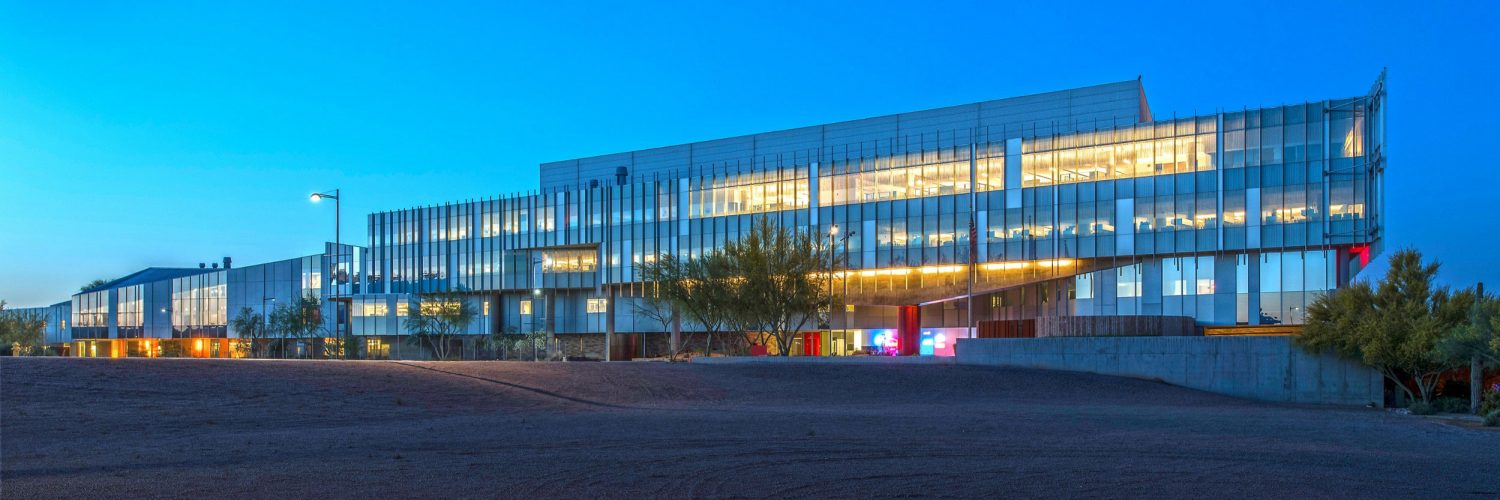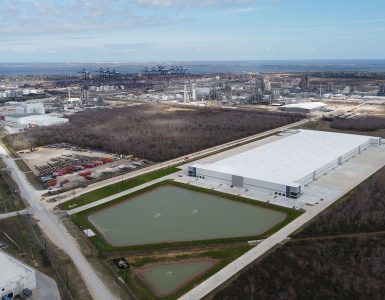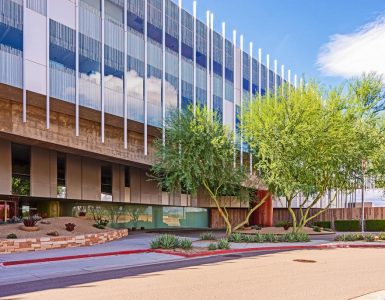Adaptive Reuse or New Construction? Considerations for Life Sciences
Commercial Property Executive, April 22, 2022
Consider these five factors when determining which direction to pursue, advise Justin Brasell and David Klein of Transwestern.
Life sciences companies—whether young startups receiving an influx of venture capital or mature entities with a long history in the industry—are setting out in record numbers to find space for developing treatments that advance public health and improve lives. To do so, life sciences users require a combination of office, lab, collaboration and warehouse space within an amenity-rich environment.
The demand for life sciences facilities—exacerbated by the pandemic—has skyrocketed and has been outpacing supply in markets such as San Francisco, Boston and San Diego for some time now. However, factors such as real estate availability, cost of living, access to STEM talent and proximity to major research institutions have paved the way for new emerging markets, including Houston, Raleigh-Durham, Washington, D.C., and New York City.
In response to the demand, property investors and, in some cases, owner-occupiers are weighing the benefits of adaptive reuse versus ground-up development. Specifically, land-constrained markets with limited life sciences availabilities but unusually high office vacancy in the aftermath of the pandemic can offer attractive opportunities for adaptive reuse.
When done correctly, adaptive reuse projects have the potential to meet the demand for life sciences space while breathing new life into a building. Case in point: the former Henkel North American headquarters turned Ilume Innovation Center in Scottsdale, Ariz., and BioCube in San Jose, Calif., another office-to-life-sciences conversion. Also currently underway is the repositioning of an Atlanta office tower for The Center for Global Health Innovation.
However, office properties aren’t the only candidates for conversion. In Houston, logistics and retail properties have been reimagined for life sciences use, as seen through a former Nabisco cookie plant, an 80-year-old Sears department store and a Sam’s Club.
As for new builds, TMC3, a 37-acre biomedical research hub in Houston is considered one of the most transformative projects in the life sciences arena.
Whether you’re a developer in the sector, a building owner looking to attract life sciences tenants, or an established life sciences company contemplating whether to buy or lease, consider these factors when determining if you should pursue an adaptive reuse or new build.
Speed to Market
This is critical as life sciences companies are often ready to move into their space in as little as 60 days. Adaptive reuse projects often take one to two years to complete whereas ground-up construction can take anywhere from three to five years.
Infrastructure
Given the research that is conducted in labs, it’s vital that a building’s infrastructure support the needs of scientists, such as redundant power supply, appropriate ceiling heights, larger floorplates and sufficient floor loading for equipment and vibration control, to name a few. When evaluating a potential conversion project, you want to consider its existing HVAC and MEP systems. It can be difficult to replicate life sciences facilities in buildings—especially older office assets—that weren’t designed for that use upfront.
Capital Investment
Assuming you own (or are acquiring a building with the proper infrastructure), a conversion has the potential to be more cost-efficient than a new build. However, a new build offers the opportunity to develop a top-of-the-line, flexible building from the start that can easily pivot based on a tenant’s growing needs.
Zoning
Unlike your standard office building, laboratories are often subject to specific zoning requirements that may pose more construction challenges for conversion projects and operational challenges for the chemical and biowaste handling that life science tenants require. New builds take longer, but in the right municipality, are less restricted as developers can identify potential zoning challenges and adjacent competitive and conflicting uses before acquiring a site.
Amenities
Life sciences real estate requires a very specific ecosystem—one that inspires innovation with access to in-demand amenities. On-site food service, collaboration spaces and fitness centers, as well as proximity to convenience goods and services create an environment that life sciences companies crave.
Life sciences companies produce innovative solutions to the world’s most pressing healthcare problems, and as such, require real estate that supports the science that’s happening behind closed doors. Whether through adaptive reuse or new construction, consider your options when determining which approach works best for your business model and supports long-term innovation.
Proposed SEC Climate Disclosures Could Require a Heavy Lift for Some CRE Firms
Wealth Management, April 18, 2022
Many in the commercial real estate industry have already embraced voluntary ESG reporting. Although the final language is far from being finalized, it is clear that early adopters already factoring ESG considerations into their reporting (which includes virtually all U.S. publicly traded REITs) could have a leg up in meeting the new rules from the SEC around mandatory climate-related disclosures, once those are finalized, potentially as early as 2024.
CRE Is Spending Big On Office Amenities. Will It Matter And What Does It Mean For Old Properties?
Bisnow, April 17, 2022
1000 Main is not an old building. The prominent downtown Houston skyscraper boasts major oil and gas tenants and is located near major attractions, like parks, retail, transit and the tunnel system. Still, it shelled out cash for a new tenant amenity center last year, including a 12.5K SF lounge area, a conference center, a gaming area and a fitness center.
What’s bigger than all of the big office towers in downtown Dallas combined?[NT1]
Dallas Morning News, April 15, 2022
With more than 56 million square feet under construction, Dallas-Fort Worth leads the country in industrial development.
Transwestern Real Estate Services announces sale of Campana Building in Batavia
RE Journals, April 11, 2022
Transwestern Real Estate Services announces the sale of the Campana Building, a 131,000-square-foot light industrial flex property at 901 N. Batavia Ave. in Batavia, Illinois.
























